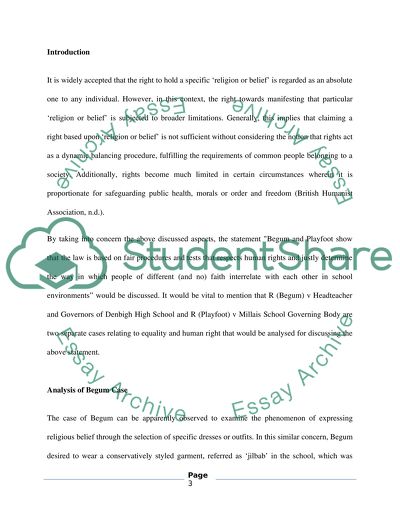Cite this document
(“Case discssion Essay Example | Topics and Well Written Essays - 1500 words”, n.d.)
Case discssion Essay Example | Topics and Well Written Essays - 1500 words. Retrieved from https://studentshare.org/law/1627332-case-discssion
Case discssion Essay Example | Topics and Well Written Essays - 1500 words. Retrieved from https://studentshare.org/law/1627332-case-discssion
(Case Discssion Essay Example | Topics and Well Written Essays - 1500 Words)
Case Discssion Essay Example | Topics and Well Written Essays - 1500 Words. https://studentshare.org/law/1627332-case-discssion.
Case Discssion Essay Example | Topics and Well Written Essays - 1500 Words. https://studentshare.org/law/1627332-case-discssion.
“Case Discssion Essay Example | Topics and Well Written Essays - 1500 Words”, n.d. https://studentshare.org/law/1627332-case-discssion.


